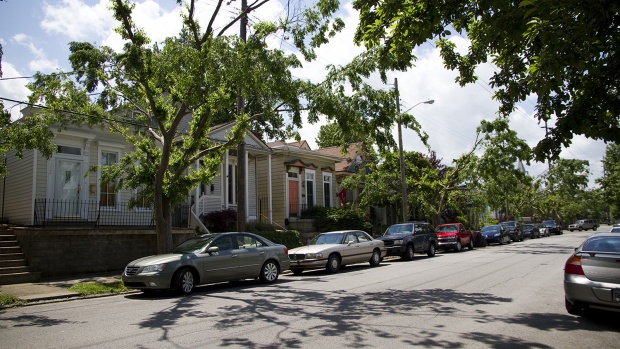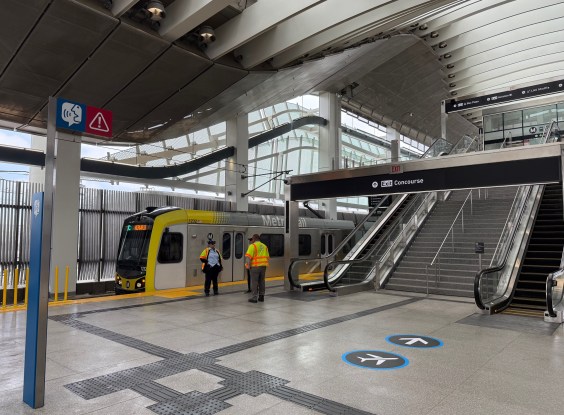
Converting fast-moving one-way streets to calmer two-way corridors may make them safer in more ways than one, according to a study by John Gilderbloom, a professor at the University of Louisville.
Gilderbloom and a team of graduate students analyzed data from two Louisville streets that were recently converted from one-way to two-way operation. They compared the two streets -- Brook and First streets -- to control streets, both one-way and two-way, that had not been converted.
"The results were stunning," Gilderbloom wrote last week in Planetizen.
On the two streets that were converted, crime dropped 23 percent, compared to a citywide increase of 5 percent during the same time period. Auto theft fell by one third on Brook and First, while it rose 36 percent on nearby one-ways, Gilderbloom reports. Meanwhile, robberies on the two converted streets dropped 42 percent.
Traffic safety improved too. The streets actually saw an increase in total traffic as driver speeds slowed down. Auto collisions dropped 36 percent on Brook and 60 percent on First.
Gilderbloom noted other changes on Planetizen:
Property improvements on the two-way streets have nearly doubled, thanks to neighbors demanding aggressive code enforcement of mandated property upgrades.
The sight of dumpsters, scaffolding and home improvement trucks have replaced prostitution, drug dealers, and fencing operations. Babies in carriages, joggers, bikers, retirees, same-sex couples, and hipsters have reclaimed these streets. Compare this scene to West Louisville’s unlivable multi-lane one-ways.
Property values on Brook Street increased 39 percent, Gilderbloom reports. He estimates that if Louisville were to convert all its one-way streets to two-way, the city of Louisville would net an additional $1 million annually in property taxes.
"Traffic calming works," said Gilderbloom. "It's a win-win for the city, neighborhoods, children, developers, and homeowners."





